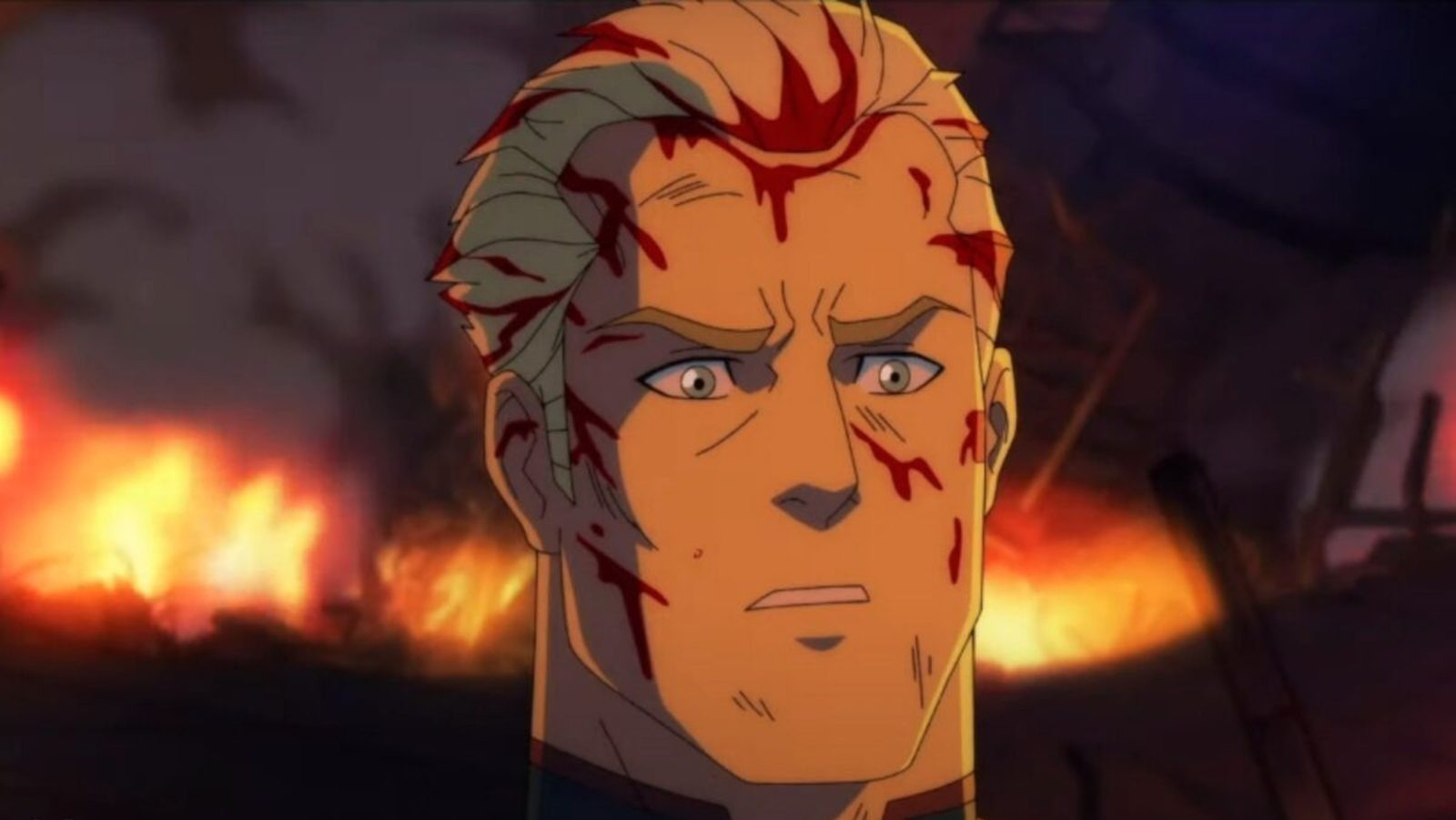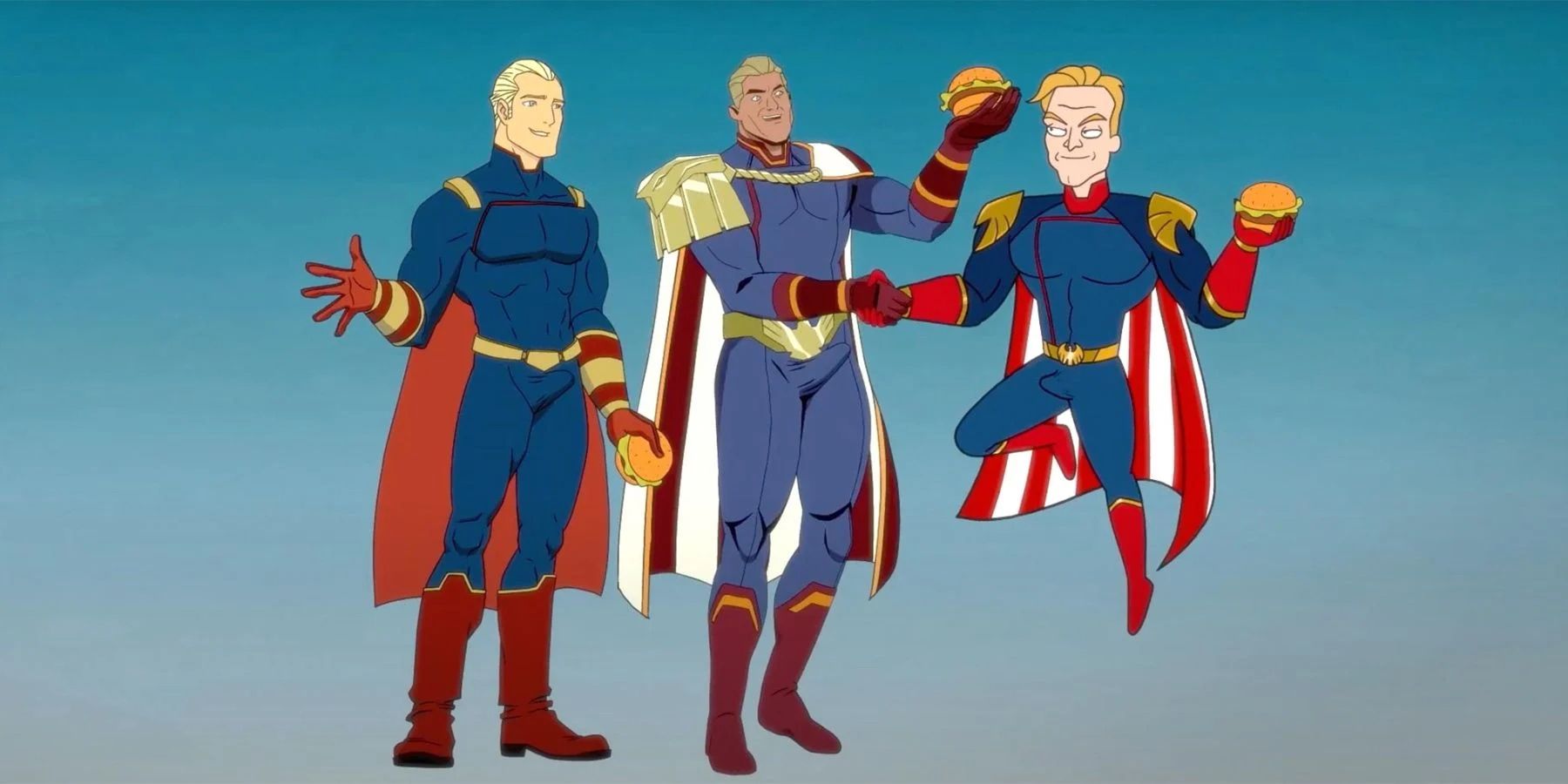Character Profiles

The boys diabolical – The Boys is an ensemble series with a diverse cast of characters. Each character has their own unique motivations, personality, and relationships with other characters. Three of the most important characters are Billy Butcher, Hughie Campbell, and Homelander.
The Boys Diabolical, an animated anthology series, delves into the twisted and malevolent side of The Boys universe. While it explores the depths of depravity, it’s worth noting the recent speculation surrounding Steph Curry’s trade request. Did Steph Curry request a trade ?
Back to The Boys Diabolical, the show promises to push boundaries with its dark and disturbing tales, showcasing the boys’ diabolical nature in a whole new light.
Billy Butcher is a ruthless and determined man who is driven by a desire to avenge the death of his wife. He is willing to use any means necessary to achieve his goals, even if it means breaking the law or hurting others. Despite his violent tendencies, Butcher has a strong moral code and a deep sense of loyalty to his friends.
The Boys Diabolical, a tale of unfathomable horror, weaves its tendrils into the realm of the supernatural. Its chilling narrative draws parallels to the shadowy world of the acolyte , where ancient rituals and forbidden knowledge dance in the darkness.
As the boundaries between reality and the unseen blur, the horrors that lurk within The Boys Diabolical threaten to consume all in their path, leaving an indelible mark on the hearts of those who dare to venture into its cursed embrace.
Hughie Campbell, The boys diabolical
Hughie Campbell is a young man who is initially naive and idealistic. However, after witnessing the death of his girlfriend at the hands of a Supe, Hughie becomes disillusioned with the world and joins forces with Butcher to fight against the Seven.
Homelander
Homelander is the leader of the Seven and the most powerful Supe in the world. He is a complex and contradictory character who is both charismatic and terrifying. Homelander craves power and attention, but he is also deeply insecure and vulnerable. His relationship with the media is a double-edged sword: it gives him the adulation he craves, but it also exposes him to criticism and scrutiny.
Themes and Symbolism: The Boys Diabolical

The Boys delves into a profound exploration of corruption, power, and morality, painting a grim portrait of a society corrupted by unchecked power and the seductive allure of celebrity.
Corruption
Corruption permeates every echelon of society, from the Seven, the revered superheroes, to the corrupt politicians and corporate giants who pull the strings behind the scenes. The Seven’s pursuit of fame and fortune has led them down a path of moral decay, their powers becoming a tool for self-serving manipulation.
The show exposes the insidious nature of corruption, highlighting how it can warp even the most noble of intentions. The Boys, a group of vigilantes determined to expose the Seven’s true nature, are themselves drawn into a dangerous game, their morality tested at every turn.
Power
Power, both its allure and its corrupting influence, is a central theme throughout the series. The Seven wield immense power, but their unchecked authority has led them to believe themselves above the law. They manipulate public opinion, silencing dissent and using their influence to further their own agendas.
The Boys, on the other hand, represent a challenge to the established power structures. Their unconventional methods and willingness to break the rules highlight the desperate need for accountability and the potential for even the smallest of individuals to make a difference.
Morality
The Boys forces viewers to confront complex questions of morality. The lines between right and wrong blur as characters grapple with the consequences of their actions. The Seven’s pursuit of power and fame comes at a great cost, both to themselves and to society.
The Boys, too, are not immune to moral ambiguity. Their desire for justice leads them down a path fraught with violence and moral compromises. The show challenges viewers to consider the limits of morality and the extent to which the ends justify the means.
Symbolism
The Boys employs a rich tapestry of symbolism to convey its themes and messages. The color red, a recurring motif throughout the series, represents both the blood shed in the fight against corruption and the moral decay that permeates society.
The Seven themselves are a reflection of societal values, their celebrity status and extraordinary powers mirroring the unchecked influence and adoration bestowed upon celebrities in our own world. The show warns against the dangers of blindly following those in power and the importance of holding them accountable for their actions.
Celebrity Culture
The Boys offers a scathing critique of celebrity culture, exposing the dark underbelly of fame and the manipulation of public opinion. The Seven, with their carefully crafted images and manufactured personas, represent the commodification of celebrity and the willingness of society to overlook their flaws.
The show highlights the dangers of celebrity worship and the corrosive effects it can have on both the celebrities themselves and their followers. It challenges viewers to question the motivations behind their admiration and to be more discerning in their consumption of media and entertainment.
Plot and Structure

Season 1 of The Boys Diabolical is an anthology series consisting of eight standalone episodes, each telling a unique and self-contained story within the universe of The Boys.
The season’s overarching narrative revolves around the exploration of the consequences of unchecked power and the corruption that can arise within superhero societies.
Major Events
- Episode 1: “Laser Baby’s Day Out”: A superpowered infant wreaks havoc on a retirement home.
- Episode 2: “An Animated Short Where Pissed-Off Supes Kill Their Parents”: A group of superheroes turn against their abusive parents.
- Episode 3: “Boyd in 3D”: A young boy witnesses the brutal murder of his parents by superheroes.
- Episode 4: “I’m Your Pusher”: A drug dealer uses his powers to control the minds of his customers.
- Episode 5: “Nubian vs Nubian”: Two rival superheroes clash in a battle that threatens to destroy the city.
- Episode 6: “BFFs”: A young girl’s imaginary friend turns out to be a real-life superhero.
- Episode 7: “John and Sun-Hee”: A Korean superheroine fights against the prejudice and racism she faces in America.
- Episode 8: “One Plus One Equals Two”: A gay superhero couple navigates the challenges of raising a superpowered child.
Character Arcs
Throughout the season, several characters undergo significant changes and developments.
- Laser Baby: The infant learns to control his powers and use them for good.
- Boyd: The young boy confronts his trauma and seeks revenge against the superheroes who killed his parents.
- Nubian: The superheroine overcomes her self-doubt and embraces her true identity.
- John and Sun-Hee: The couple learns to balance their personal lives with their superhero responsibilities.
Use of Flashbacks and Parallel Storylines
The show frequently employs flashbacks and parallel storylines to provide additional context and depth to the characters and events.
For example, Episode 3 uses flashbacks to show Boyd’s relationship with his parents and the events leading up to their murder.
Episode 7 uses parallel storylines to contrast the experiences of John and Sun-Hee in America and Korea, respectively.
Action, Humor, and Social Commentary
The Boys Diabolical is a unique blend of action, humor, and social commentary.
The show’s action sequences are often violent and graphic, but they are also used to explore themes of power, corruption, and the dangers of unchecked authority.
The show’s humor is often dark and satirical, but it is also used to highlight the absurdity and hypocrisy of superhero societies.
Finally, the show’s social commentary is often subtle, but it is always present.
The show tackles issues such as racism, sexism, homophobia, and the dangers of unchecked power.
The Boys Diabolical, a dark anthology series, delves into the twisted minds of the Boys’ universe. While the series explores the depths of depravity, a curious question arises: how old is Stephen Curry’s daughter? Find out here. Returning to The Boys Diabolical, its gruesome tales continue to shock and captivate, leaving viewers with a lingering sense of unease.
In the enigmatic world of The Boys Diabolical, the enigmatic character of Homelander, played by the enigmatic Anthony Starr, looms large. Starr’s portrayal of the diabolical supe has captivated audiences, leading many to wonder about the enigmatic actor behind the enigmatic mask.
At anthony starr age , you can delve into the enigmatic details of Starr’s enigmatic life and career, uncovering the enigmatic secrets behind the enigmatic man who brings Homelander to enigmatic life in The Boys Diabolical.
The Boys Diabolical, an animated anthology series that delves into the dark and twisted world of The Boys, features the voice talents of Anthony Starr, known for his captivating performance as Homelander in the live-action series. If you’re curious about Starr’s filmography, you can visit his IMDb page for a comprehensive overview of his work.
Back to The Boys Diabolical, the animated series promises to offer a fresh perspective on the superhero genre, exploring the consequences of unchecked power and the darkness that lurks within.